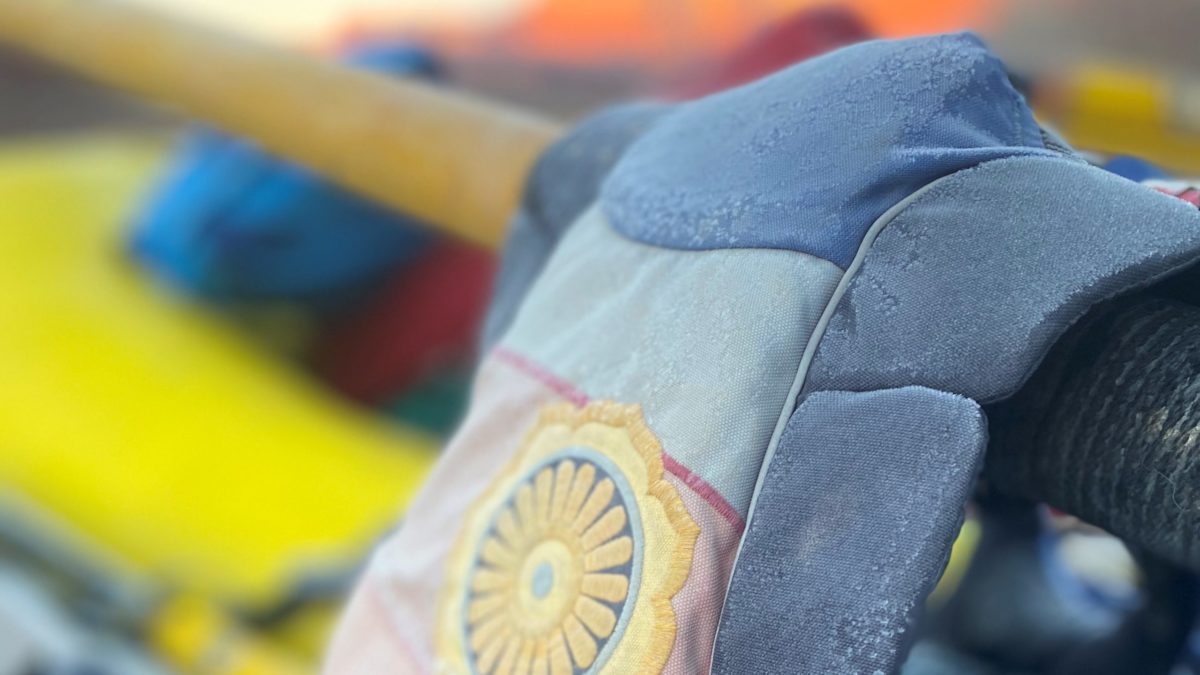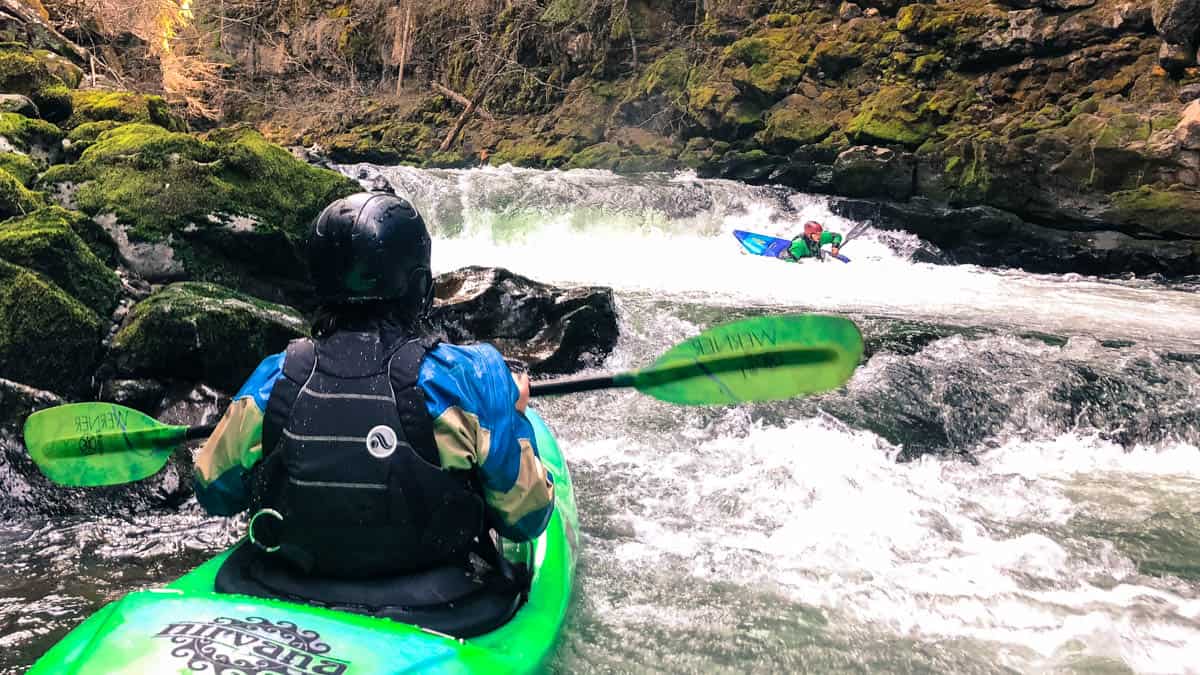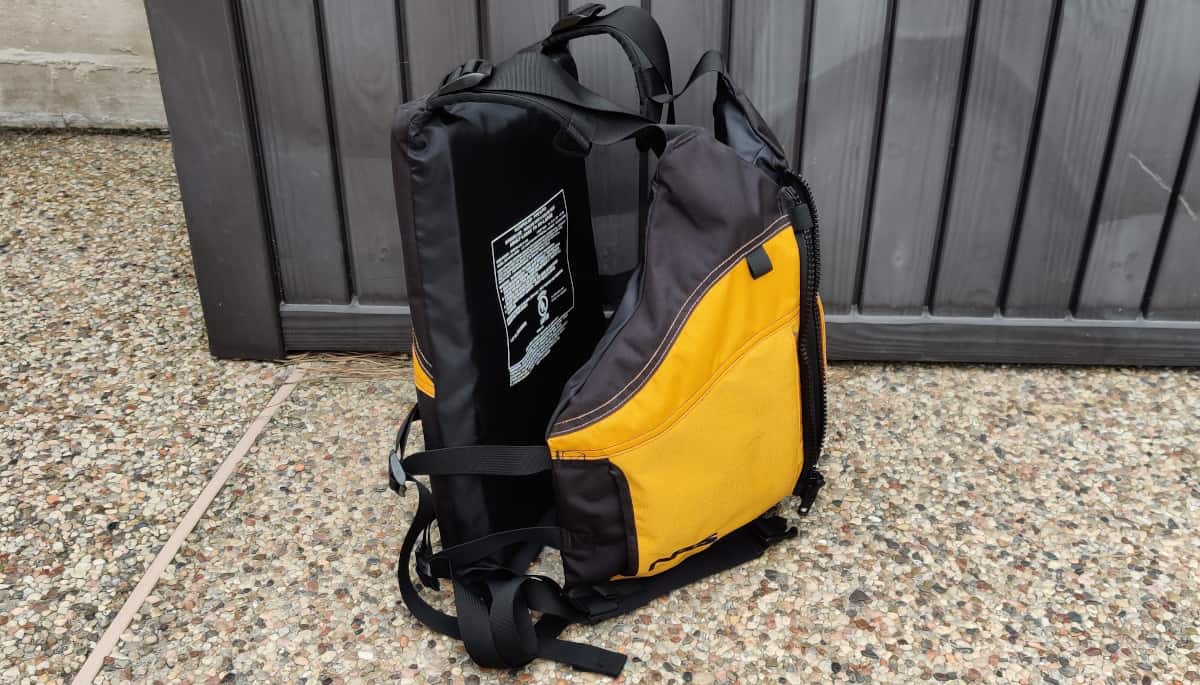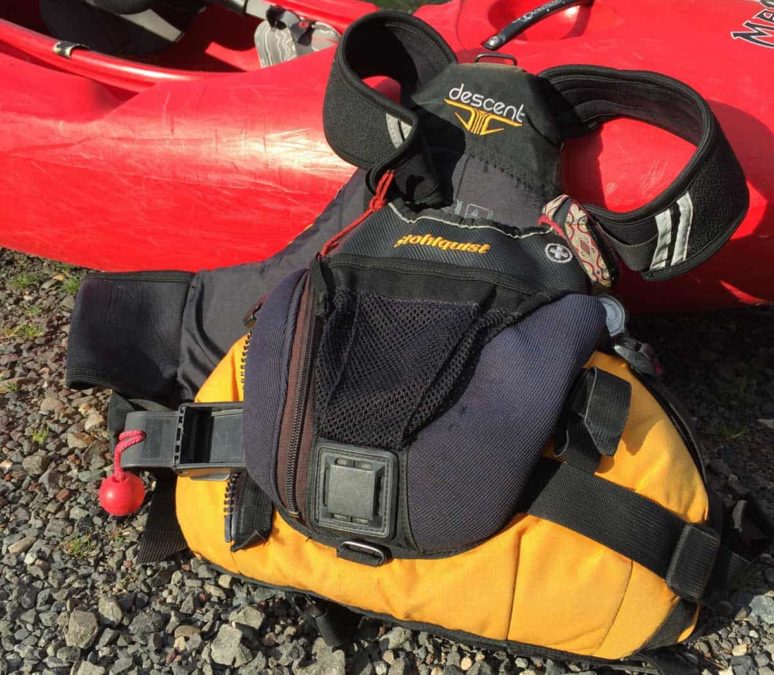Frequently Asked Questions About PFDs
A Personal Flotation Device, also called a PFD, helps you stay on the surface of the water. However, there are so many questions, so lets dive in.
What is the difference between a PFD and a life jacket?
There are a few differences between life jackets and most PFDs. The most important difference between a life jacket and PFD is that life jackets are designed to turn the wearer face up in the water even if unconscious. Thus, most of the flotation will be located in the front and collar of the jacket. Otherwise PFDs do not have enough buoyancy in the right places to automatically turn a person and help them breathe. Nowadays, Type 1 and some Type 2 PFDs are also considered life jackets because they can potentially flip someone right side up.
The most important difference between a life jacket and PFD is that life jackets are designed to turn the wearer face up in the water even if unconscious.
To get technical: life jackets are also PFD’s but not all PFD’s are life jackets.
Why is it important to wear a PFD?
Wearing a PFD can save your life. From rough rapids to aerated whitewater to cold water to potentially long swims, PFDs increase your chance to navigate a dangerous situation. The United States Coast Guard’s (USCG) produces an annual report of Recreational Boating Statistics. In 2017, they revealed that of those who drowned, 84.5 percent were not wearing a PFD. The USCG further estimated that wearing a PFD could have saved the lives of over 80 percent of those boating victims.

A Frozen PFD during a February Grand Canyon trip. Extreme conditions necessitate good flotation for cold water swims. (Liz Miheve)
Are There Different Ratings?
The quick answer is yes. It is a complex topic so let's just touch the basics. PFDs are rated Type 1 - Type 5. Every PFD will fit into one of these categories and is put there based on buoyancy and intended use. Look for a Type III or V for river use.
When is the best time to wear A PFD?
A PFD is necessary anytime you are in and around moving water. This includes riding and paddling all types of boats as well as many water-based recreational activities such as sailing, rafting, kayaking, and canoeing. Within the U.S. Coast Guard rating system, whitewater boaters should wear Type III or Type V PFDs. Within the U.S. Coast Guard rating system, whitewater boaters should wear Type III or Type V PFDs.

A kayaker sports an Astral Type V PFd while paddling Little Lava on the Farmlands section of the White Salmon River
A PFD can keep you afloat if you cannot swim. It can also make a significant difference for someone with weak swimming abilities to prevent panic. You can still swim underwater briefly while wearing a PFD, but it will immediately buoy you up back to the surface, especially in calm water. The more flotation in a PFD the bulkier it may be, but the faster it will try to elevate you up to the surface.
How much weight will a PFD float?
Flotation (or buoyancy), is the pounds of force required to keep a person's head and chin above the water. Most adults need an extra 7-12 pounds of flotation to keep their head above water. PFDs usually have a minimum of 15.5 and a maximum of 34 lbs of flotation for adults. Whitewater boaters, if competent swimmers, prefer PFDs with a balance of bulk and flotation, about 16-20 pounds (depending on your weight). It may be safer to choose PFDs with more flotation if paddling big water.
To test your PFD's flotation, perform a simple test:
- Wear your PFD into water deep enough that you cannot touch the bottom.
- Bend your knees and float on your back, tilting your head back as well.
- If your chin is above water your PFD is good to go. If your mouth is underwater and you have difficulty breathing, buy a new PFD with more flotation.
When should a PFD be replaced?
While there is no expiration date on a PFD, it loses any warranty if it is altered or repaired. If it is torn or ripped, it should be replaced as any change may alter its previous buoyancy and become unsafe. Technically, if the inner U.S. Coast Guard label becomes worn and unreadable, it invalidates the warning and you should buy a new one. That being said, PFDs can last years if well taken care of.
After a period of time, the foam inside a PFD can compress or dry out and become brittle. If you squeeze the foam to half its thickness and it does not spring back to its original size, it should be replaced. Another indicator is when the outer fabric remains wrinkled and folded, which suggests that the foam has contracted or torn.
How do you store a PFD?
To prevent sun degradation and mildew, store a PFD out of the sun and open the pockets to allow it to completely dry after use. Wash it with freshwater and maybe soap, especially if you paddle in salt water. Clean and lubricate any zippers to maintain access to your safety gear. Finally, test any special functions frequently so you are confident that they will work during an actual rescue situation.
Do I Need A Rescue PFD?
What a great question! Pretty heated debate here. There are lots of pros and cons about having one and not having one. If you decide to get one, make sure you are trained on how to use it.
https://youtu.be/xpw5JFXe8FM
What Is The Best PFD?
The short answer of this is the one that fits you best. If you can try a few on, find one that is comfortable, and one that fits your boating needs. Here are three I like.
- Astral Blue Jacket
- Kokata Maximus
- Stolhquist Rocker
What other questions do you have? Let us know if the comments!






